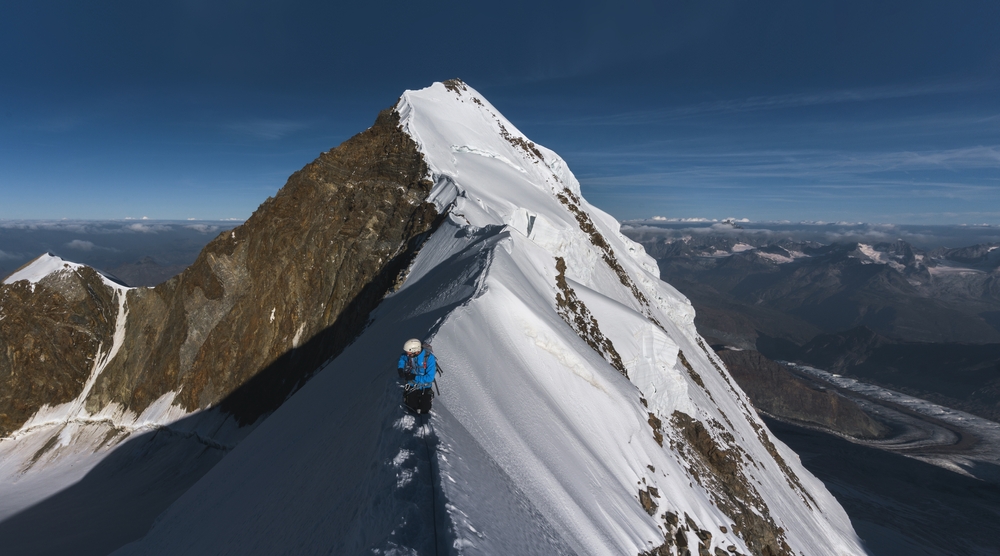Geography: Mountains
Italy’s diverse terrain includes mountain ranges that have left an indelible mark on the nation's culture, history, and identity. Some of these majestic peaks serve as crucial water sources, giving rise to rivers that sustain downstream communities, nourishing agriculture and livelihoods. Throughout Italy's history, mountains have played pivotal roles as natural fortresses, offering strategic advantages and protection to various civilizations and kingdoms that have sought control over these regions. Mountains have influenced trade routes and shaped the patterns of human migration, becoming symbols of strength, endurance, and resilience in the country’s folklore, literature, and art along the way.
The table below presents information about Italy's most prominent mountains.
|
Highest Peaks |
Elevation |
Mountain Range |
Type of Range |
|
Mont Blanc |
4,805 m (15,766.4 ft) |
The Graian Alps |
Fold |
|
Lyskamm |
4,533 m (14,872 ft) |
The Pennine Alps |
Fold |
|
Monte Cervino, or Matterhorn |
4,478 m (14,692 ft) |
The Pennine Alps |
Fold |
|
Grandes Jorasses |
4,208 m (13,806 ft) |
The Graian Alps |
Fold |
|
Dent d'Herens |
4,174 m (13,694 ft) |
The Pennine Alps |
Fold |
|
Breithorn |
4,164 m (13,661 ft) |
The Pennine Alps |
Fold |
|
Gran Paradiso |
4,061 m (13,323 ft) |
The Graian Alps |
Fold |
|
Piz Zupo |
3,996 m (13,110 ft) |
The Bernina Range |
Fold |
|
Grivola |
3,969 m (13,022 ft) |
The Graian Alps |
Fold |
|
Aiguille de Tre la Tete |
3,930 m (12,890 ft) |
The Graian Alps |
Fold |
Copyright © 1993—2025 World Trade Press. All rights reserved.

 Italy
Italy 
